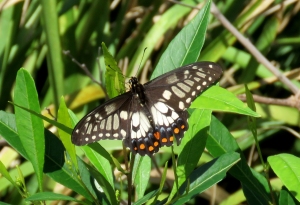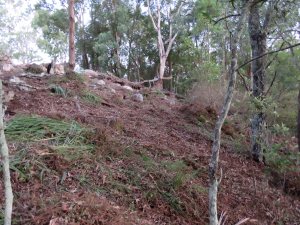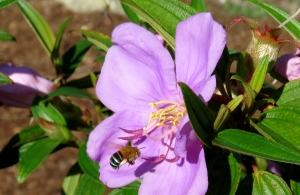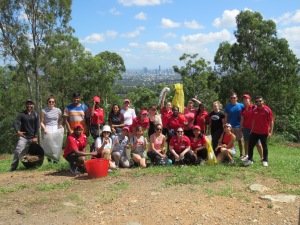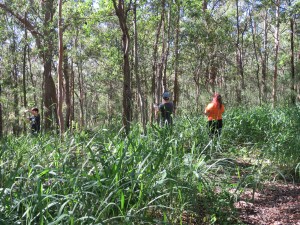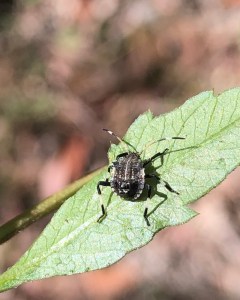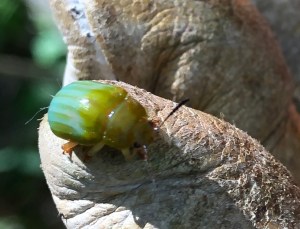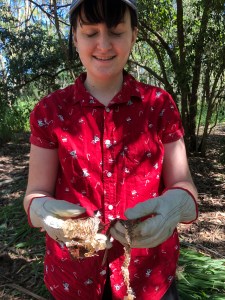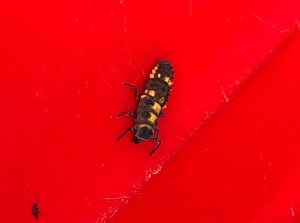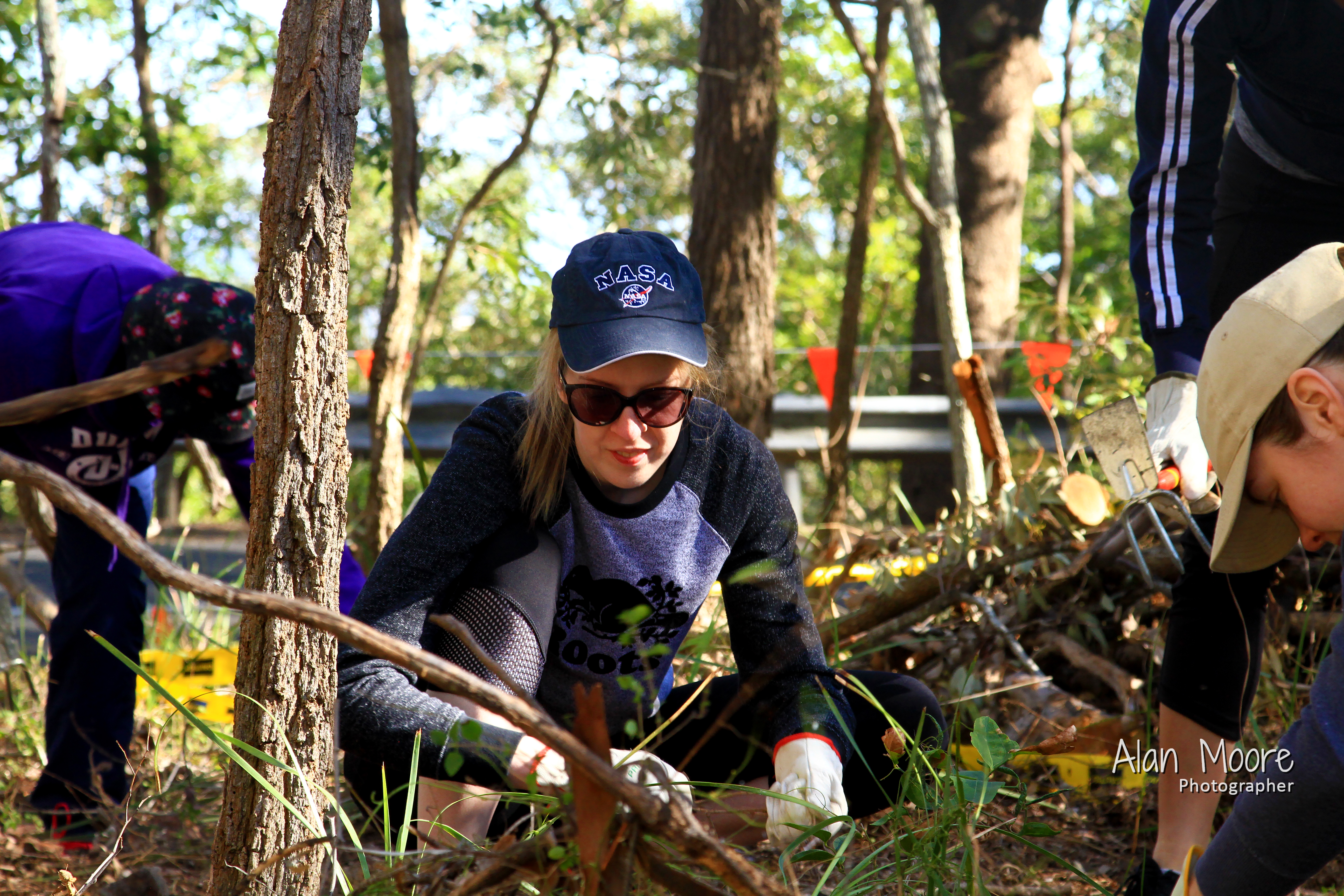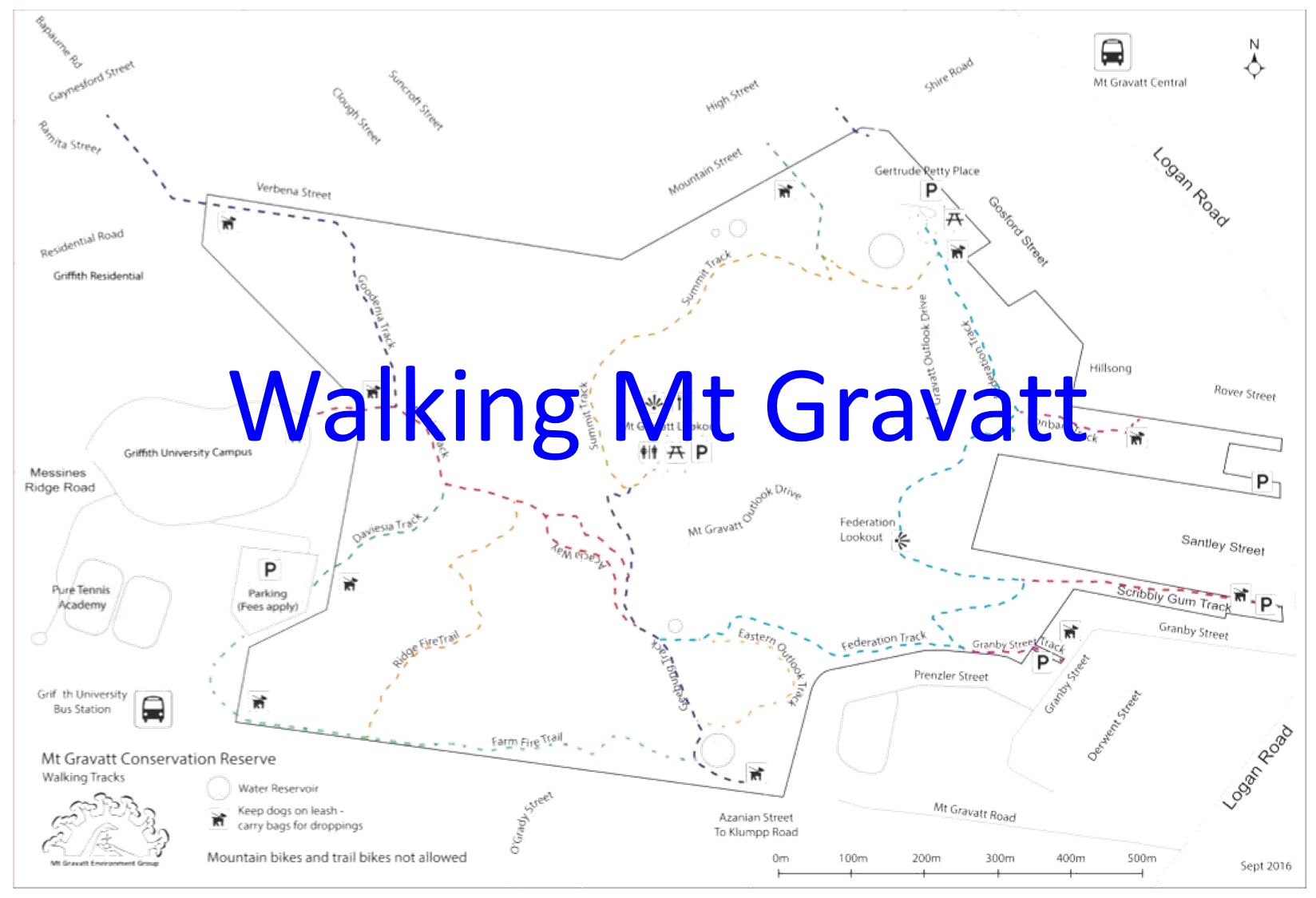By: Michael Fox
The Mt Gravatt Environment Group team installed a second Koala Tree Troff in the forest this morning.
Laurie, Alan, myself management the installation with the valuable help of David Fechner, Koala researcher from Griffith University, who we recruited on-site.
.
.
The Tree Troff is installed beside a Tallowood Eucalyptus microcorys a favourate Koala food tree. Note the scratching of the bark.
This innovative design by Robert Frend of Wildsip, and manufactured by local Gunnedah business and donated by WIRES NSW.
The Tree Troff simply balances against the tree with the weight of 220 litres of water transferred directly to the ground.
Koala Drinker Research Project
.
.
.
.
.
.
.
.
.
While we were on-site I showed our team the Bottle Brush Grass Tree Xanthorrhoea macronema. This has been the best flowering I have ever seen in sixteen years with more plants spreading near the Eastern Outlook Track.
.
.
.
.
.
.
.
.
.
.
.
We also checked the July National Tree Day planting where Ozothamnus diosmifolius Sago Flower is already in flower.
Sago Flower is an attractive garden plant with leaves that can be used in cooking as a substitute rosemary.
.
.
Laurie and I also found the pretty Pandorea jasminoides Bower Vine at the site.
.
Thanks to Alan Moore for the photos.
.
.
.
.






















